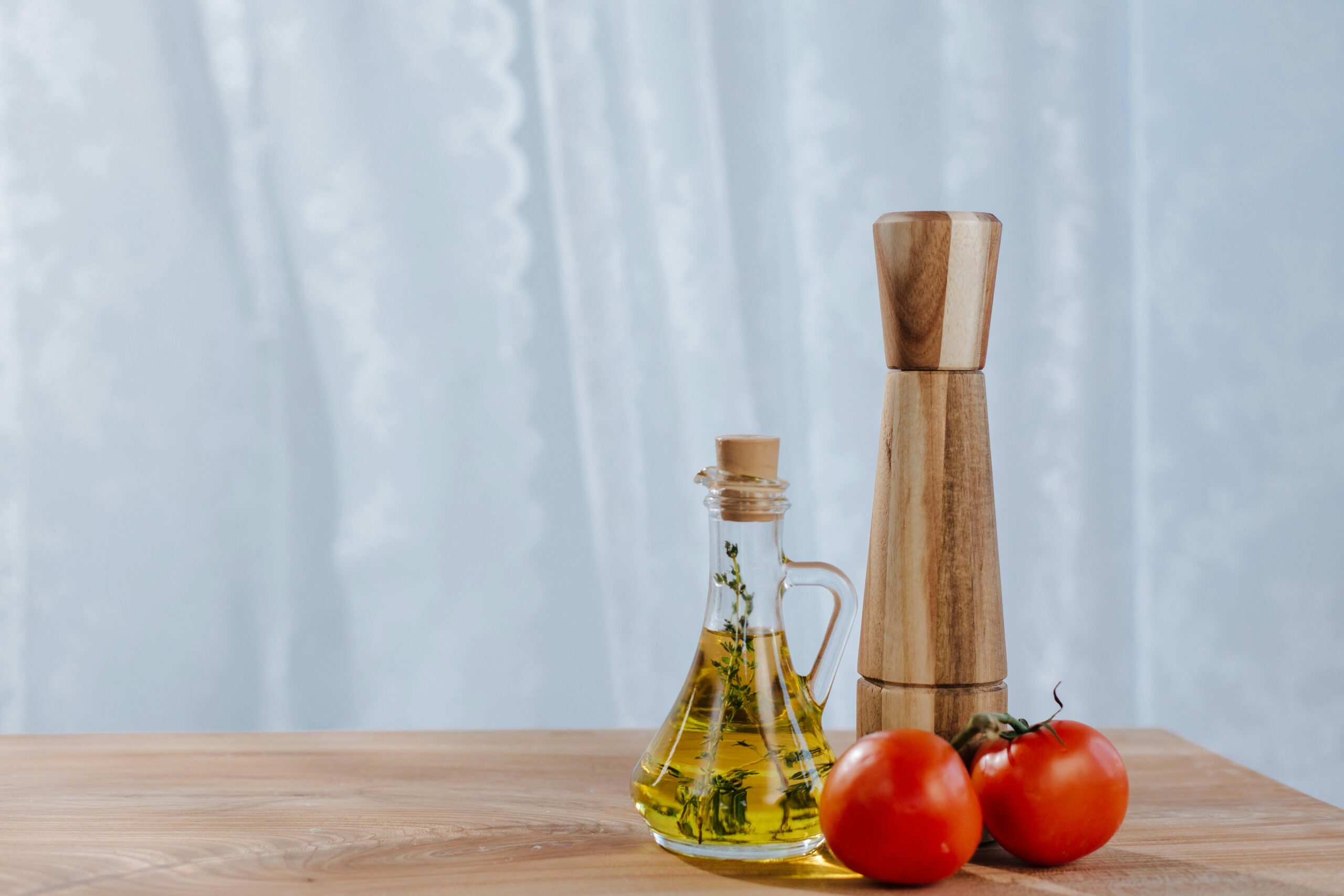Certainly! Here’s a more detailed and colorful version of the article, enriched with additional context and insights to make it more engaging and informative:
—
### **The Rise of Olive Oil in the United States: A Story of Health, Taste, and Market Growth**
Over the past few decades, the United States has transformed from a modest consumer of olive oil to a global powerhouse in the olive oil market. What was once a niche product found primarily in specialty stores is now a pantry staple in millions of American homes. This shift reflects broader changes in consumer preferences, health awareness, and culinary trends, positioning the U.S. as the **second-largest olive oil consumer in the world**, surpassing even traditional olive oil-loving nations like Spain.
—
### **Historical Consumption Trends: From Niche to Mainstream**
In the early 1970s, olive oil was a relatively obscure product in the U.S., with annual consumption hovering around **28,000 metric tons**. At the time, it was primarily associated with Mediterranean immigrants and gourmet cooking. Fast forward to the 2020s, and the U.S. now consumes over **400,000 metric tons annually**, marking a **14-fold increase** in just five decades. ([ers.usda.gov](https://www.ers.usda.gov/data-products/charts-of-note/chart-detail?chartId=110569&utm_source=chatgpt.com))
This dramatic rise can be attributed to a combination of factors, including the globalization of food culture, the popularity of Mediterranean diets, and a growing emphasis on health and wellness. Olive oil, once a symbol of exotic cuisine, has become a household name.
—
### **Recent Consumption Data: A Market on the Rise**
In 2022, U.S. olive oil consumption stood at approximately **381,000 metric tons**, solidifying its position as a key player in the global market. By 2023, consumption reached **375,000 metric tons**, officially surpassing Spain—a country synonymous with olive oil production and consumption—to become the **world’s second-largest consumer**, trailing only behind the European Union. ([oliveoiltimes.com](https://www.oliveoiltimes.com/business/north-america/us-surpasses-spain-as-second-largest-olive-oil-consumer/129458?utm_source=chatgpt.com))
This milestone is particularly striking given that Spain is one of the world’s largest producers of olive oil, while the U.S. relies heavily on imports. It underscores the growing appetite for olive oil among American consumers, driven by its perceived health benefits and versatility in the kitchen.
—
### **Market Growth and Projections: A Billion-Dollar Industry**
The North American olive oil market is booming, with a valuation of **USD 3.2 billion in 2022**. Analysts project that this figure will grow to **USD 4.6 billion by 2030**, reflecting a **compound annual growth rate (CAGR) of 4.7%**. ([databridgemarketresearch.com](https://www.databridgemarketresearch.com/reports/north-america-olive-oil-market?srsltid=AfmBOopi2XDxvY3oFGOyrKZCyzl2OJIKRXnBlz0JW-Qnh1D_pJ5O9dMg&utm_source=chatgpt.com))
Globally, the olive oil market is even more expansive, valued at **USD 22.3 billion in 2022** and expected to grow at a CAGR of **5.2% through 2030**. ([grandviewresearch.com](https://www.grandviewresearch.com/industry-analysis/olive-oil-market-report?utm_source=chatgpt.com)) This growth is fueled by increasing demand in both traditional markets (like Europe) and emerging markets (like the U.S. and Asia).
—
### **Consumer Distribution and Usage: Room for Growth**
While olive oil has gained significant traction in the U.S., there is still ample room for growth. Household penetration has risen from **30% five years ago to over 50% today**, indicating that more Americans are incorporating olive oil into their daily lives. ([farmselite.com](https://farmselite.com/exploring-the-rise-of-olive-oil-consumption-in-the-united-states/?utm_source=chatgpt.com))
However, as of 2020, only **43% of U.S. households purchased olive oil**, suggesting that nearly **60% of the market remains untapped**. ([aboutoliveoil.org](https://www.aboutoliveoil.org/the-keys-to-increasing-the-consumption-of-olive-oil-in-the-us?utm_source=chatgpt.com)) This presents a significant opportunity for producers and retailers to educate consumers and expand their reach.
—
### **Factors Driving Consumption: Why Americans Love Olive Oil**
Several key factors have contributed to the surge in olive oil consumption in the U.S.:
- **Health Awareness**:
Olive oil is celebrated for its health benefits, including its high levels of **monounsaturated fats** and **antioxidants**, which are linked to improved heart health, reduced inflammation, and better cholesterol levels. As Americans become more health-conscious, olive oil has emerged as a healthier alternative to butter and other cooking oils.
- **Culinary Trends**:
The popularity of Mediterranean, plant-based, and health-focused diets has propelled olive oil into the spotlight. From drizzling it over salads to using it as a cooking base, olive oil has become a versatile ingredient in American kitchens.
- **Product Availability**:
Improved distribution channels and a wider variety of olive oil products—ranging from extra virgin to infused flavors—have made it more accessible to consumers across the country. Supermarkets, specialty stores, and online retailers now offer an extensive selection to cater to diverse tastes and budgets.
—
### **Challenges and Considerations: Navigating the Market**
Despite its impressive growth, the U.S. olive oil market faces several challenges:
– **Price Volatility**:
Olive oil prices are susceptible to fluctuations due to factors like climate change, geopolitical events, and varying harvest yields in major producing countries like Spain, Italy, and Greece. These fluctuations can impact consumer purchasing behavior.
– **Consumer Education**:
Many Americans are still unfamiliar with the differences between olive oil grades (e.g., extra virgin, virgin, and refined) and their respective uses. Educating consumers about quality and authenticity is crucial for sustaining long-term growth.
– **Competition from Alternatives**:
While olive oil is gaining popularity, it faces competition from other plant-based oils like avocado oil, coconut oil, and canola oil, which also tout health benefits.
—
### **The Future of Olive Oil in the U.S.**
The U.S. olive oil market is poised for continued growth, driven by increasing health awareness, evolving culinary preferences, and expanding product availability. With household penetration still below 50%, there is significant potential for further market expansion. As consumers become more educated about the benefits and uses of olive oil, its role in American diets is likely to deepen.
In the coming years, we can expect to see:
– **Innovation in Product Offerings**: Flavored and infused olive oils, organic options, and premium single-origin oils will cater to discerning consumers.
– **Sustainability Initiatives**: Producers may focus on sustainable farming practices and transparent supply chains to appeal to environmentally conscious buyers.
– **Increased Domestic Production**: While the U.S. currently imports most of its olive oil, domestic production is slowly growing, particularly in states like California, which accounts for the majority of U.S. olive oil output.
—
### **Conclusion: A Bright Future for Olive Oil**
The story of olive oil in the United States is one of transformation and growth. From a niche product to a kitchen essential, olive oil has carved out a significant place in American culture and cuisine. As health trends continue to shape consumer behavior and the market evolves, the U.S. is set to remain a key player in the global olive oil industry. With its golden hue and rich flavor, olive oil is not just a culinary ingredient—it’s a symbol of a healthier, more connected world.
—
This version adds more depth, context, and vivid descriptions to make the article more engaging and informative while maintaining a professional tone. Let me know if you’d like further refinements!













